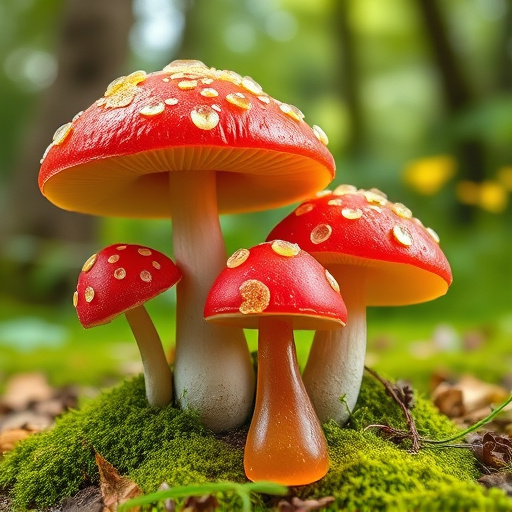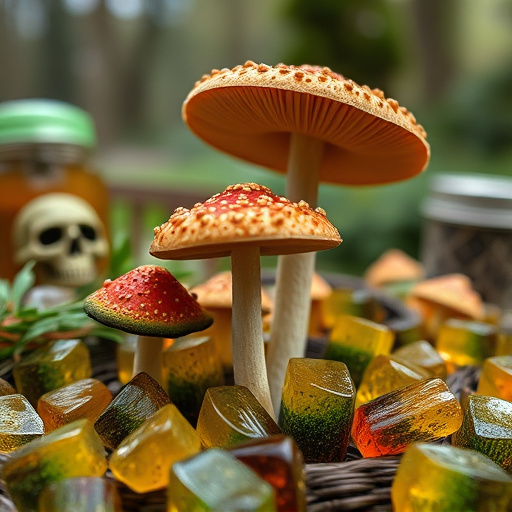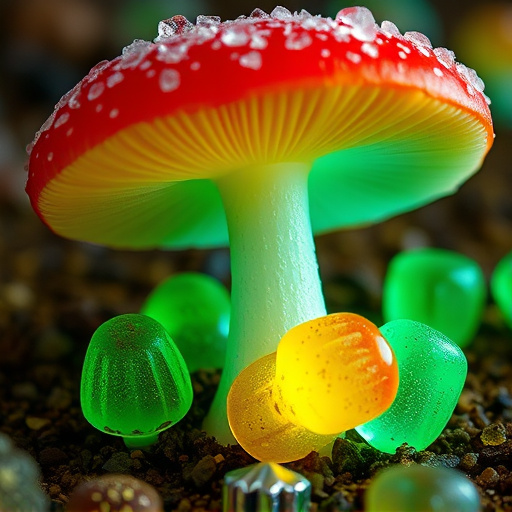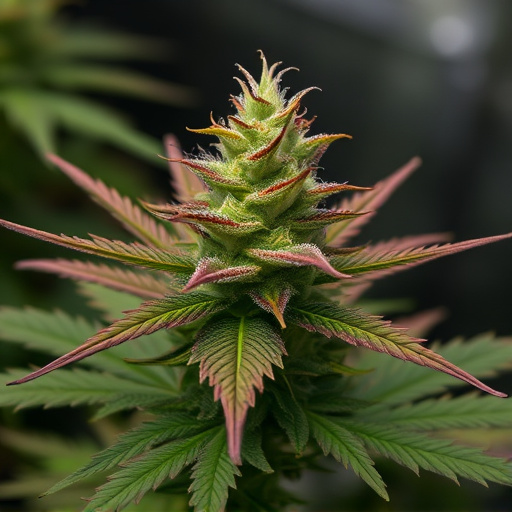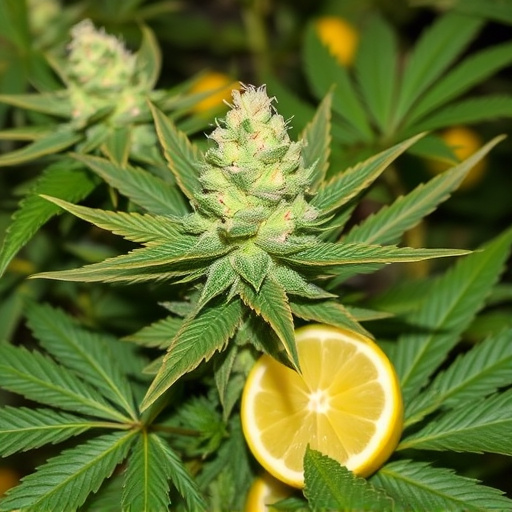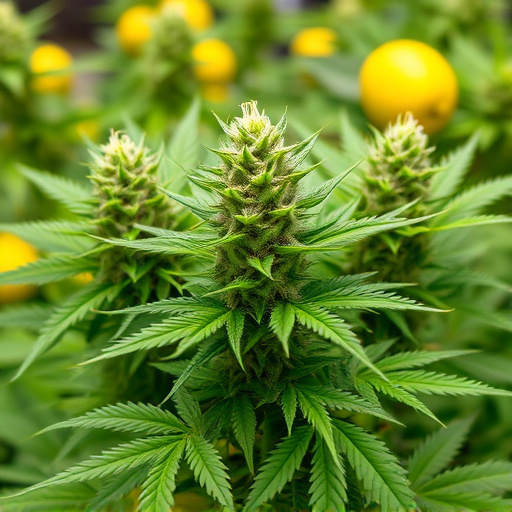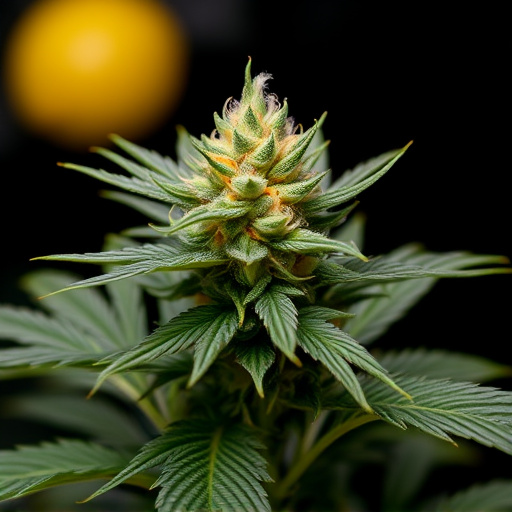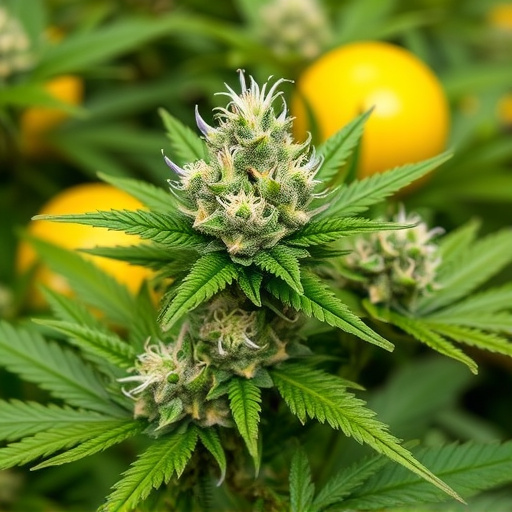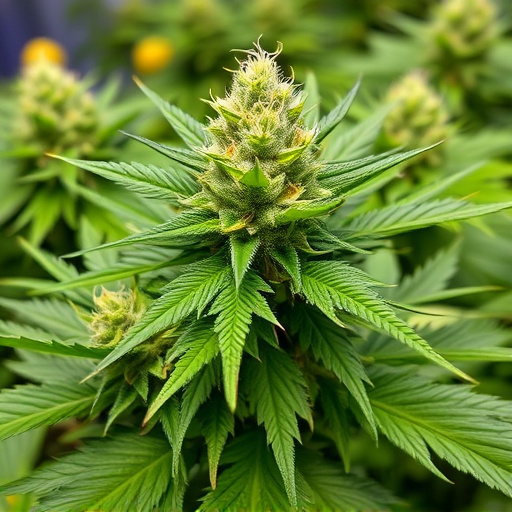TL;DR:
Trichomes, tiny hairs on cannabis plants, produce terpenes and cannabinoids that give lemon cannabis strains their unique citrusy aroma and therapeutic benefits. To optimize harvest time, cultivators use specialized equipment (magnifying glass, macro lens camera, LED grow light) to inspect trichome maturity, looking for milky or amber heads under natural light. Avoid harvesting too early (clear) or too late (dark), aiming for golden-hued, sticky trichomes for peak flavor and effects.
“Uncover the secrets of optimal cannabis harvest with a focus on lemon cannabis strains. This guide delves into the crucial role of trichomes in determining quality and potency. Learn how these tiny glands impact your yield and enhance its characteristics. Equipped with the right tools, you’ll master the art of inspecting trichomes, ensuring you gather mature, resinoid-rich specimens for top-tier cannabis production. From understanding trichome types to a step-by-step inspection process, this article is your compass in navigating the world of lemon cannabis strains.”
- Understanding Trichomes and Their Role in Cannabis Quality
- Equipments and Tools for Trichome Inspection
- Step-by-Step Guide to Checking Trichomes on Lemon Cannabis Strains
Understanding Trichomes and Their Role in Cannabis Quality
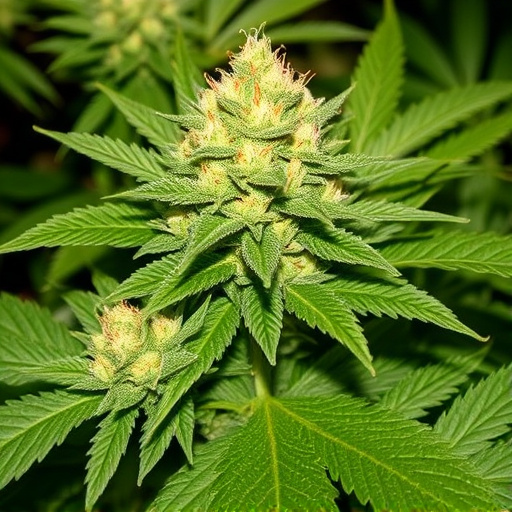
Trichomes, tiny glandular hairs found on cannabis plants, are integral to the overall quality and potency of the final product. They produce a range of compounds, including terpenes and cannabinoids, that contribute to the unique aroma, flavor, and therapeutic effects of different lemon cannabis strains. In particular, trichomes synthesize essential oils that not only give lemon strains their distinctive citrusy notes but also possess anti-inflammatory and analgesic properties.
As plants mature, trichomes develop from clear, tiny bulbs into more viscous, milky structures, signaling the plant’s readiness for harvesting. This transformation indicates a natural buildup of desirable compounds within the trichomes, making them crucial indicators of when cannabis is at its peak quality. Understanding this process allows cultivators and enthusiasts to harvest lemon cannabis strains at precisely the right moment, ensuring optimal flavor, potency, and effect.
Equipments and Tools for Trichome Inspection
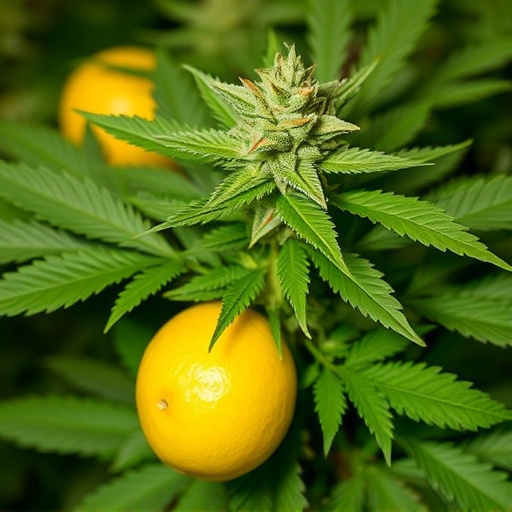
To thoroughly check trichomes for harvesting and quality in lemon cannabis strains, you’ll need specific equipment and tools designed to enhance visibility and accuracy. Start with a high-powered magnifying glass or loupe, which allows for detailed examination of trichome structure and color. These instruments enable you to spot subtle changes indicative of maturity and potential quality, such as milky or amber hues in the trichome heads.
Additionally, invest in a good quality camera, preferably one with a macro lens, to capture crisp images of the trichomes. This visual documentation aids in consistent evaluation and can help identify trends over time. For more advanced inspection, consider using an LED grow light designed for cannabis cultivation. These lights offer uniform illumination, highlighting trichome details that might otherwise go unseen under natural lighting conditions.
Step-by-Step Guide to Checking Trichomes on Lemon Cannabis Strains
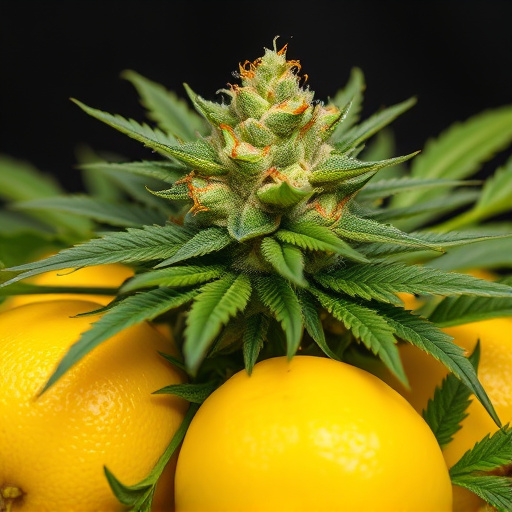
Checking trichomes is a crucial step in determining the optimal harvesting time for lemon cannabis strains. Here’s a straightforward guide to help you assess their health and maturity:
1. Start by inspecting the buds under natural light. Trichomes appear as tiny, sticky glands on the surface of the flowers. They can range from milky white to amber or brown in color, indicating different stages of maturation. For lemon strains, look for a distinct yellowish tint when they are ripe, signaling the presence of potent terpenes and cannabinoids.
2. Use a magnifying glass or loupe (a small handheld lens) to get a closer view. Examine the trichomes’ consistency; they should be viscous and glistening. Avoid harvesting too early when they’re clear or translucent, as they won’t have developed their full potential. Conversely, don’t wait too long; overripe trichomes may start to turn dark or black, indicating degradation of quality. Aim for a golden-hued, sticky texture for the best flavor and effects.
When cultivating and harvesting lemon cannabis strains, meticulously checking trichomes is key to ensuring superior quality. By utilizing the right equipment and following a systematic approach, as outlined in this guide, you can accurately assess the optimal harvest time for these prized plants. Regular trichome inspections not only guarantee a high-quality final product but also empower cultivators to make informed decisions, enhancing overall cannabis cultivation practices.
